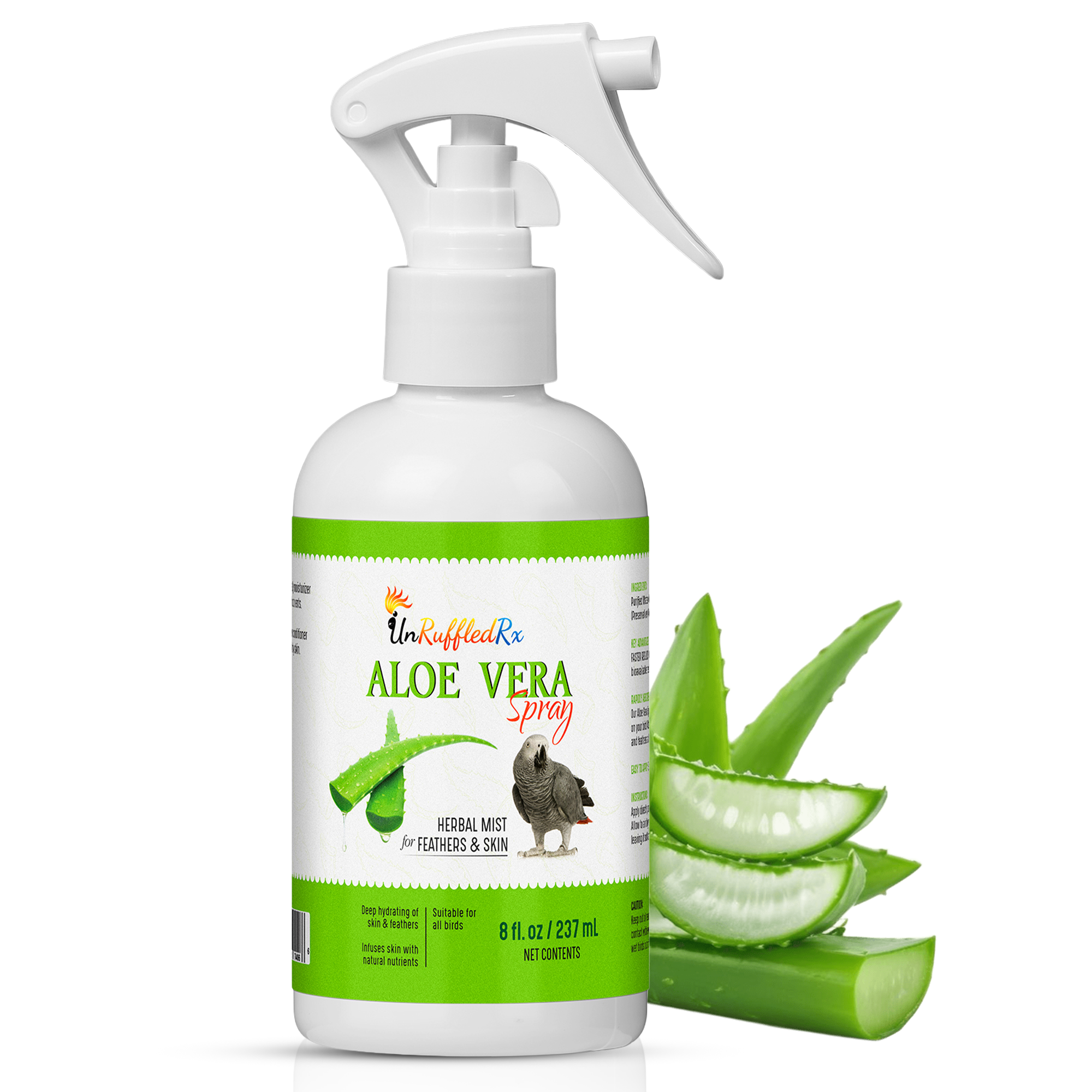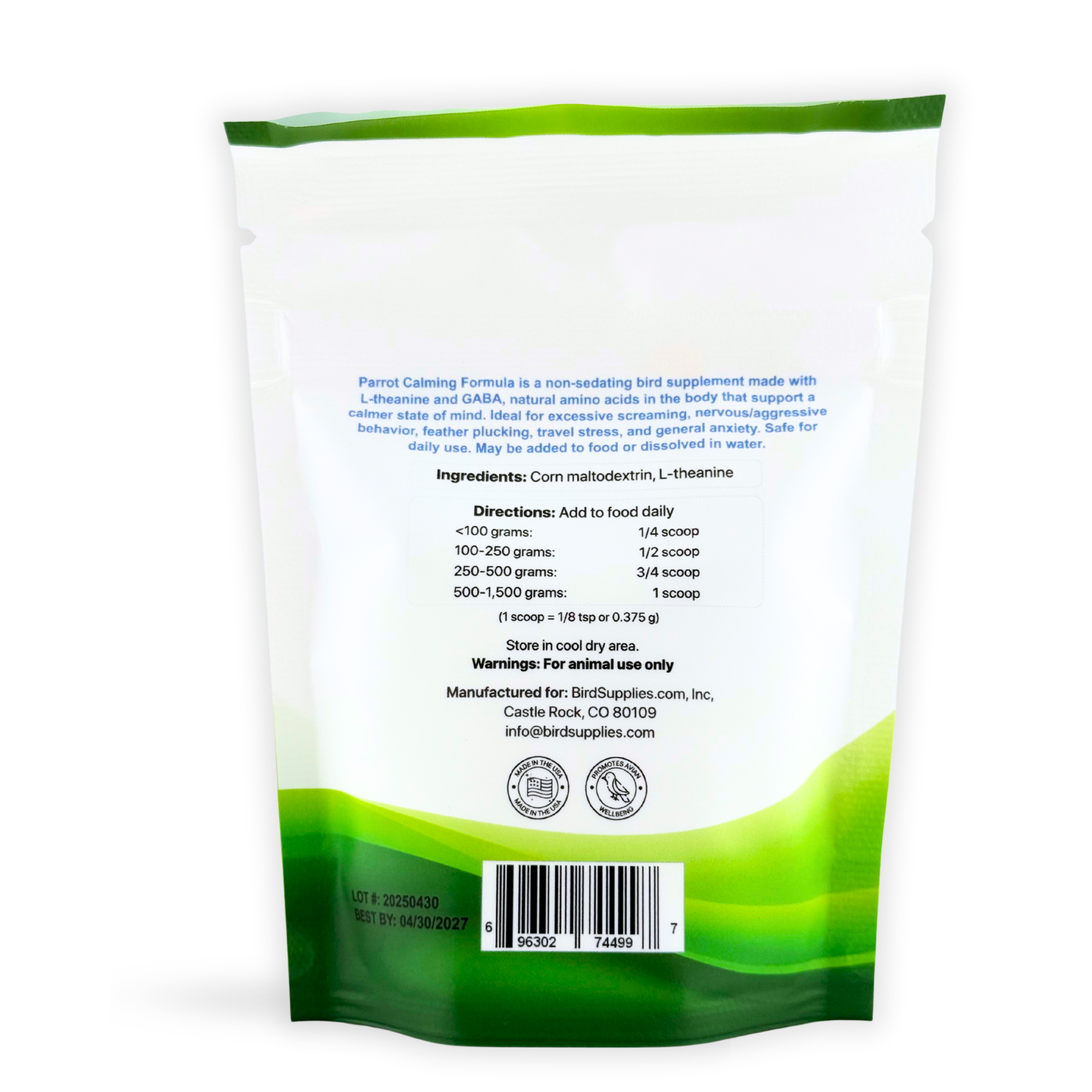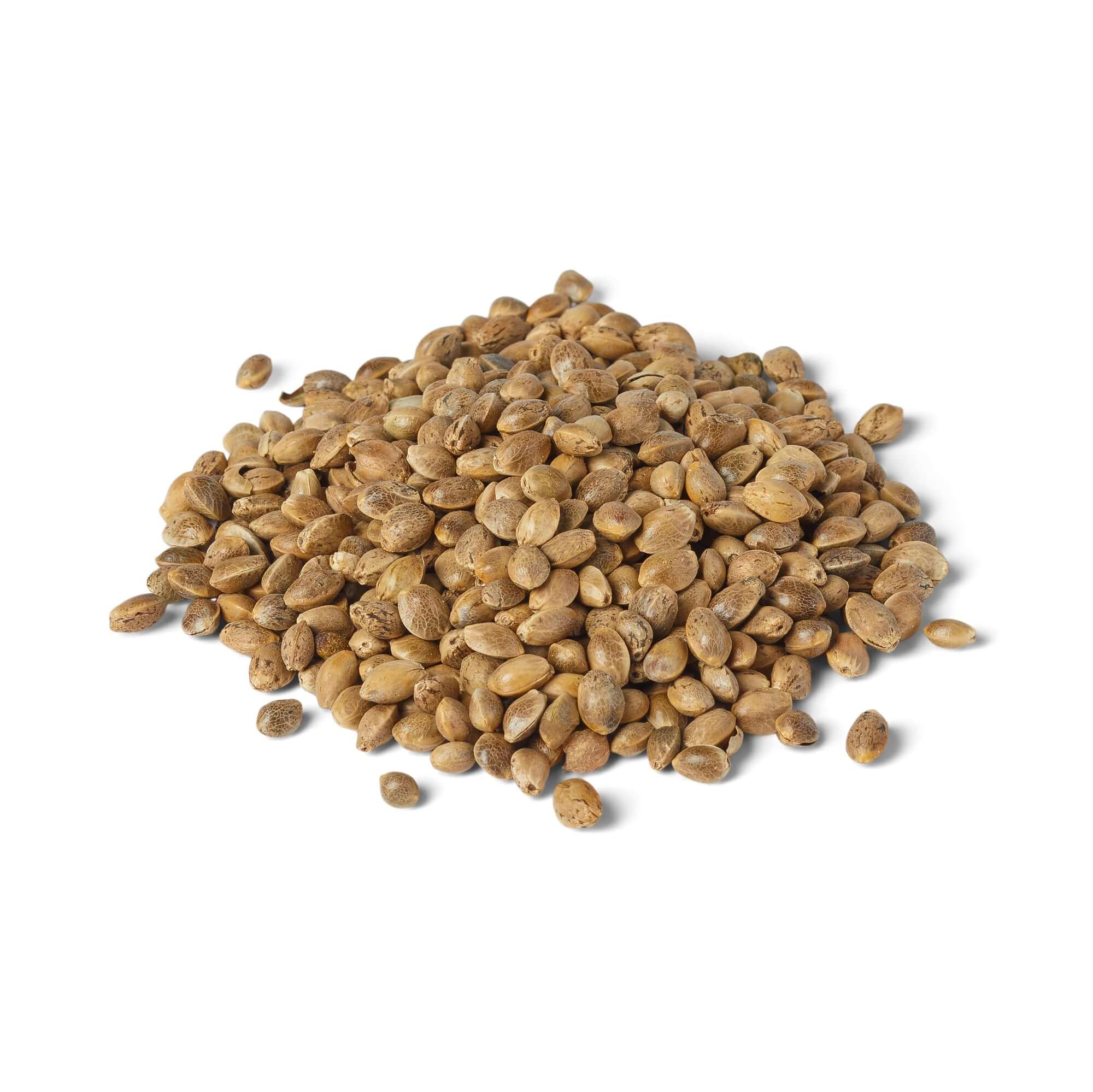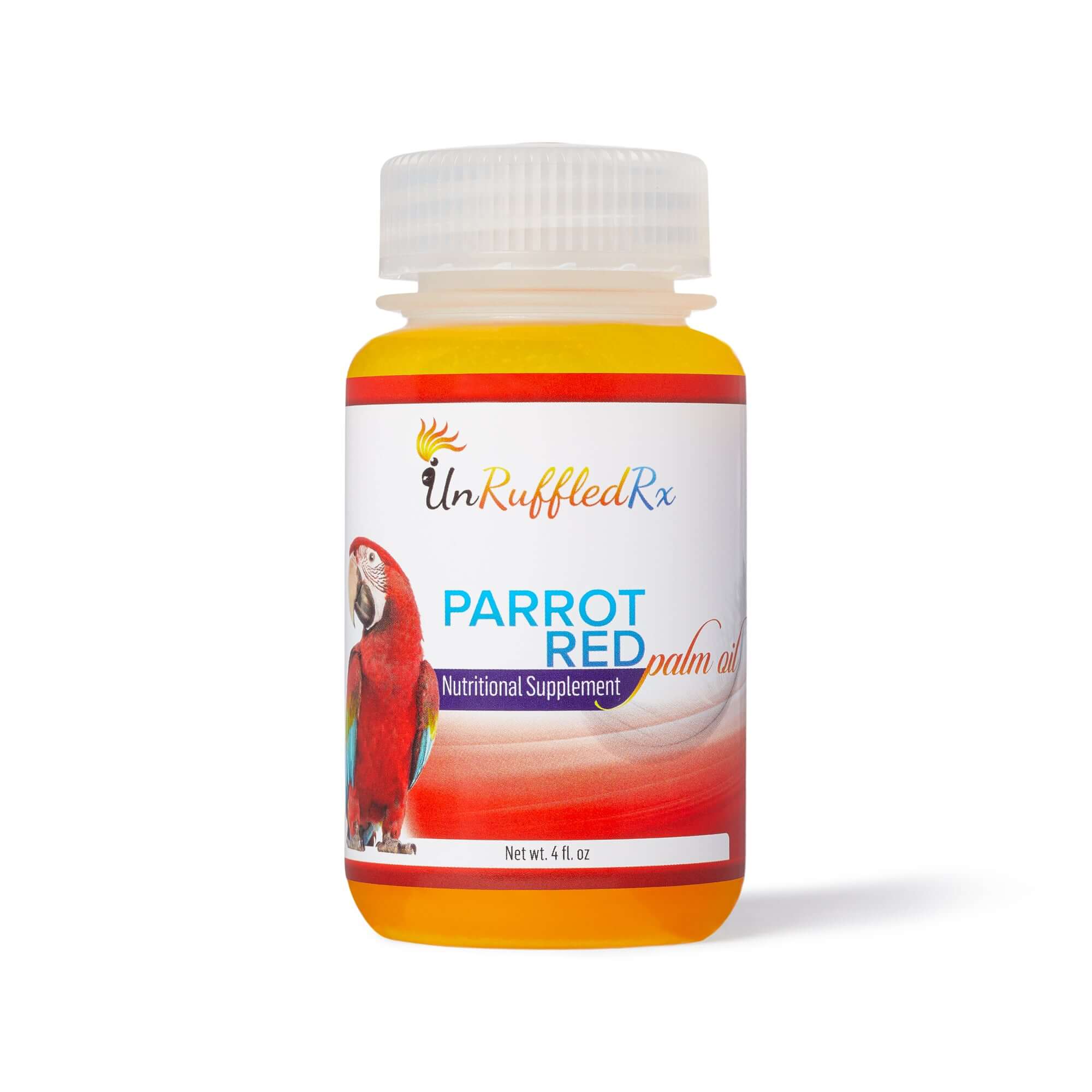Table of Contents
- What is a Blood Feather?
- What is a Broken Blood Feather?
- Supporting Your Bird With A Broken Blood Feather
- Should I Pull A Broken Blood Feather?
- How Long Does It Take a Broken Blood Feather To Heal?
- Test Your Knowledge Interactive Quiz
If you're a bird owner or enthusiast, you've likely come across the term "blood feather." Knowing what blood feathers are, being able to identify them on your bird, and understanding how to respond if one breaks can significantly minimize the stress and discomfort for your bird.
I'll also cover the steps to assist your bird when dealing with a broken blood feather. Many bird owners often wonder if they should try to remove the broken feather themselves, and we'll address that question too.
Lastly, I'll offer insights into the healing process and the typical duration for a broken blood feather to mend. Your bird's well-being and comfort are our top priorities, so let's empower you with the knowledge to manage this common avian issue confidently.
What is a Blood Feather
A blood feather is a growing feather that has a blood supply running through its shaft. Unlike pin feathers, which are still encased in a protective sheath, blood feathers are exposed and vulnerable. The blood inside the shaft nourishes the feather as it grows. As the feather matures, the blood supply recedes, and the shaft hardens, becoming a regular feather.

If a bird experiences stress while a blood feather is growing, it can affect the feather's development. Stress may lead to stress bars or weaken the feather, causing it to grow in a malformed shape or with a weaker structure.
If a blood feather breaks before it fully matures, it can bleed profusely because of the blood supply within. Immediate action is crucial to stop the bleeding and prevent further injury to the bird. I'll discuss how to clot the bleeding and what steps to take next in the following sections, so keep reading to learn how to handle this common avian issue and keep your feathered friend safe and comfortable.
|
What is a Broken Blood Feather?
Understanding how to handle a broken blood feather is crucial. This common issue ranks as the top minor medical concern for pet birds.
Birds molt to shed old feathers and grow new ones a couple of times a year. During this process, new feathers require a continuous blood supply delivered through their shafts. Picture the shaft of a blood feather like a straw transporting blood and nutrients to the new growing feather.
Most broken blood feathers are fairly easy to identify because you can see blood coming directly out of the feather shaft. These feathers are typically found on the wings, tail, or crest of birds like cockatoos—areas where longer, stronger feathers grow in. In contrast, shorter, rounder feathers known as pin feathers develop in other parts of the bird's body.
Accidents happen easily—birds can break larger blood feathers during play, if caught between cage bars, or if startled and falling from a perch. It's essential to have a first aid kit handy, complete with clotting products like styptic powder or cornstarch, which can quickly stop the bleeding and prevent further distress to your bird.
Get into the habit of checking the first aid kit regularly, especially when you notice that your bird is molting, to ensure you're always prepared to handle any emergencies swiftly and effectively.
Baby birds are particularly prone to breaking blood feathers. Their developing physical strength may not yet be sufficient to perch through the night, making them vulnerable to night frights that can cause falls from their perches. Consider providing them with a smaller sleep cage to ensure their safety during this vulnerable stage.

Can A Bird Die From A Broken Blood Feather?
If a bird breaks a blood feather and the bleeding doesn't stop, it can be serious, even life-threatening. Blood feathers are still growing and have blood in them, so if they break too soon, they can bleed a lot.
It's crucial to act quickly if this happens. Using things like styptic powder or cornstarch to stop the bleeding fast can make a big difference. If a bird loses too much blood and goes into shock, it can be really dangerous.
Not every broken blood feather leads to a bad outcome, but being prepared and knowing what to do can really help. Regularly checking your bird and having a well-stocked first aid kit ready are important steps in keeping them safe and healthy
DOWNLOAD MY FREE BROKEN FEATHER TO DO LIST NOW 🆓

Image of a broken blood feather
Supporting Your Bird With A Broken Blood Feather
While your first instinct may be to pull a broken blood feather out, keep in mind that your ultimate goal is to stabilize your bird, NOT to cause it further injury. Any time that your bird is injured and bleeding --
Follow the “Three P’s:"- Preserve life
- Prevent further injury
- Promote recovery
Take a deep breath and calm yourself. Birds are very sensitive to reading our emotions and they pick up on our cues about how to react. That reaction will be a flight or fight response if they sense your fear.
If you are stressed out and frantic, you will put your bird into a panic, increasing its blood pressure and increasing the blood flow. You should remain calm at all times during this process, being steady and clinical with your bird, almost as if you had no emotional attachment.
Attempt to clot the bleeding. Using clean fresh gauze, pinch the broken blood feather for 10 to 15 minutes. Check whether the bleeding has stopped. If not, apply corn starch, flour, or styptic powder and apply pressure again.
Should I Pull A Broken Blood Feather?
No! (In most cases.)
It's 2024. Prominent avian vets are no longer encouraging us to pull out a bleeding blood feather as the first line of defense.
There are a couple of reasons why this method is frowned upon by modern veterinarians.
First, pulling out a feather is incredibly painful to the bird as the feather shaft is deeply embedded in living skin tissue. When you pull the feather out, you end up ripping out a bunch of skin tissue and potentially causing damage to ligaments and bones, too.
Can you imagine how painful that would be?

Secondly, your bird will have a rough time getting over this painful, traumatic experience. Causing your bird intense pain will affect your bond with it and could possibly result in a very nervous pet. Sort of birdie PTSD.
If, after 3-4 attempts to stop the bleeding, you decide the feather needs to be removed, it's best to have an avian vet handle it. They can help if your pet goes into shock from the pain and prevent infection or manage pain caused by the secondary injury.
Alternatively, induce clotting at home. This is often the safest and most effective treatment for a broken blood feather. The aim is to stop bleeding quickly and prevent additional harm.
Leaving the Broken Blood Feather In:
Unless your bird is bleeding heavily and you're unable to stop it after a few minutes, leaving the blood feather in place is much more humane. Apply pressure to the affected area and use a clotting substance to stop the bleeding. Monitor your bird closely to ensure the bleeding has stopped.
|
While any blood loss is concerning, well-nourished birds have good clotting abilities and can often recover from minor blood loss at home. Birds deficient in vitamin K may struggle more with clotting.
In Dr. Greg Burkett's DVD "Avian First Aid," he discusses not having removed a blood feather in over a decade. He suggests that healthy, well-nourished birds can recover well from up to 30% blood loss. While it's important not to push the limits, remember that a broken blood feather allows time for natural healing. Focus on minimizing blood loss calmly and swiftly.
-
Pain and Shock: Removing a blood feather is extremely painful for your bird and can induce shock and severe emotional trauma. Feathers in primary wing and tail areas are firmly attached to bones and ligaments, causing intense pain comparable to a severe injury.
-
Damage to Follicle: Pulling out a blood feather often damages the feather follicle, the tissue that anchors the feather in place. This damage can prevent normal regrowth of feathers, causing them to grow curved and misaligned with surrounding feathers. This discomfort may lead to feather plucking issues over time.
-
Risk of Hematoma: Removing the shaft of a blood feather can lead to a hematoma—a deep, painful bruise under the skin. Hematomas are difficult to treat, prone to infection, and can exacerbate feather plucking behaviors due to the discomfort they cause.
Avoiding the removal of blood feathers except by a vet minimizes the risk of these serious complications and ensures the well-being and comfort of your bird.
How long does it take a broken blood feather to heal?
Once the bleed has clotted, the healing can begin. But, your bird has been through a traumatic event and it will be critical to provide general supportive care to your injured bird.
The healing time depends on a variety of specifics about the injury:
- How much blood was lost
- The bird’s pre-injury health
- If other body systems, like ligament damage or bone damage was incurred.
- Whether your bird went into shock
MILD INJURY
If you were able to clot the blood quickly on a healthy bird so that it didn’t incur any additional tissue damage, you can anticipate a quick recovery of about 24 - 48 hours.
MODERATE INJURY
If your bird lost a moderate amount of blood, other body organs may have been affected.
Make an electrolyte mix to support your bird or even hand-fed it. You can find a bird-safe electrolyte recipe for it here.
At this stage, I’d suggest:
- Use the hospital cage to support rest and healing
- Monitor your birds weight on a daily basis until your bird back to it’s normal weight, normal eating eating habits, and it’s normal activities each day.
SEVERE INJURY
If your bird lost a substantial amount of blood or the broken blood feather had to be pulled out, recovery will take longer. Please seek veterinary care if this is the case.
Expect your bird to feel sick and weak. It’s resiliency and stamina will be lower. Plan to potentially support your pet with the following activities:
- Keep your bird in an intensive care (ICU) hospital cage to support rest and healing. Your bird should be kept warm, be allowed to rest, and it’s condition should be monitored every hour or two.
- Ask your avian vet about appropriate pain medications
- Monitor your birds weight on a daily basis until your bird back to it’s normal weight, normal eating eating habits, and it’s normal activities each day
- Hand feed your bird if necessary to support nutritional intake
- Keep in contact with your avian vet
Read this blog post to learn how to stabilize a severely injured bird and know when to get veterinary care: Stabilizing a Sick Bird & When To See A Vet .
Test Your Knowledge Interactive Quiz
In Conclusion...
Accidents involving broken blood feathers are common, particularly among young birds or during periods of molting. The first line of action should always be to induce clotting to stop bleeding and minimize further distress to your bird.
If the situation calls for removing the feather, it's crucial to seek help from an experienced avian vet to avoid causing additional pain, trauma, and potential complications like follicle damage or hematomas.
Remember to download and print the free handout provided above, which outlines essential steps for handling broken blood feathers. Keeping this guide with your first aid kit ensures you're prepared to act swiftly and effectively in case of an emergency.
Related Posts:
Feather Plucking Essentials: Perfecting Your Bird Grooming Skills
How To Trim Bird Wing Feathers
How To Prepare a Bird First Aid Kit
Resources:
Hagen Avicultural Research Institute. (2011). Avian First Aid: Removing a Broken Blood Feather. Retrieved from https://hari.ca/avian-care/avian-first-aid-removing-a-broken-blood-feather/
Little Feathered Buddies. (n.d.). How To Deal With Blood Feather Breakage. Retrieved from http://littlefeatheredbuddies.com/info/health-bloodfeathers.html
Rich, G., & Axelson, R. (n.d.). Blood Feathers in Birds. VCA Animal Hospitals. Retrieved from https://vcahospitals.com/know-your-pet/pin-or-blood-feathers-in-birds
http://www.newyorkbirds.net/bleeding.html
http://www.hagen.com/hari/docu/firstaidbleeding.html
https://unchartedsupplyco.com/blogs/news/basic-first-aid#1
Diane Burroughs, LCSW is a licensed psychotherapist trained in ABA therapy techniques. She specializes in avian anxiety disorders and is certified in Nutrition For Mental Health. Diane has written a number of bird behavior books and she offers behavior consultations. She's developed a range of UnRuffledRx Science-backed Parrot Wellness Supplies.
Diane's products have been featured in the Journal of Avian Medicine and Surgery and at Exoticscon, a conference for exotic pet veterinarians. Her bird collars & supplements are stocked in avian vet clinics and bird stores throughout the US. With over 30 years in the field of behavior, Diane has created thousands of successful individualized behavior plans that help pets thrive.
TAGS: #BrokenBloodFeather #BirdFirstAid #AvianHealth #BloodFeatherCare
SHARING IS CARING! PLEASE SHARE ON YOUR FAVORITE SOCIAL MEDIA NOW!














